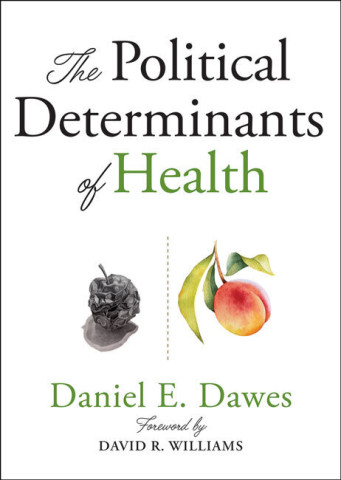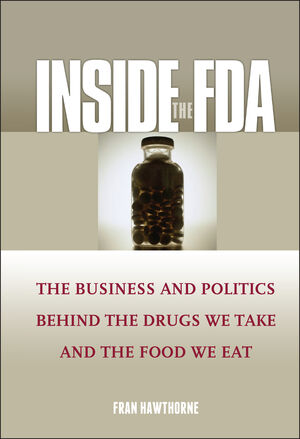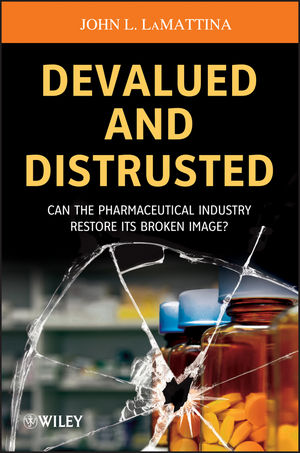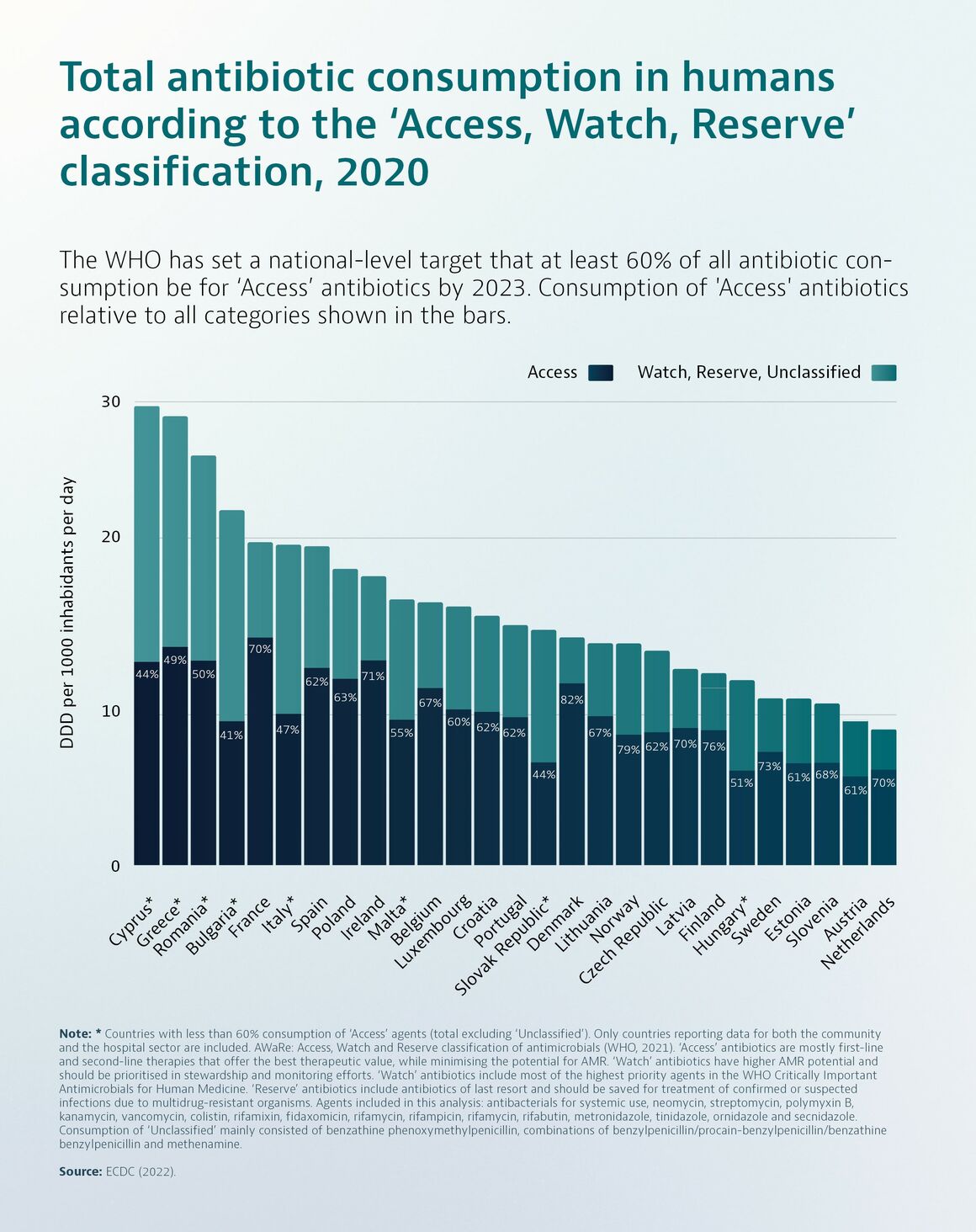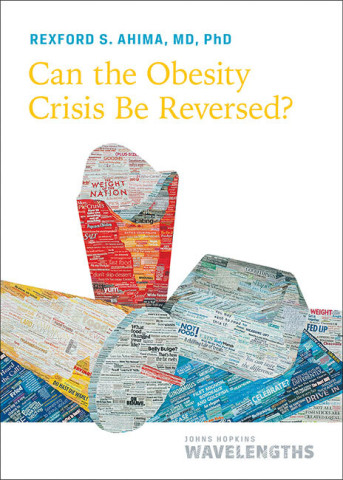Patents, Innovation, and Competition in Pharmaceuticals: The Hatch-Waxman Act After 40 Years
Aquí teniu un resum detallat de l'article amb IA.
L'article analitza la Llei de Competència de Preus de Medicaments i Restauració del Termini de Patents de 1984, comunament coneguda com la Llei Hatch-Waxman, 40 anys després de la seva promulgació. La llei representa un compromís en l'àmbit farmacèutic dels Estats Units. L'objectiu central és equilibrar la eficiència dinàmica, que promou la innovació mitjançant patents que permeten preus alts per als nous medicaments ("de marca"), amb l'eficiència estàtica, que busca preus baixos per als medicaments existents a través de la competència genèrica. Els preus alts dels medicaments de marca, tot i que incentiven la innovació, generen pèrdua de benestar per als compradors, i pacients sense assegurança o amb infraassegurança poden no poder accedir al tractament.
La Llei Hatch-Waxman té dues components principals, reflectides en el seu nom. En primer lloc, les disposicions sobre "competència de preus" tenen com a objectiu facilitar l'entrada ràpida de medicaments genèrics un cop les patents ja no representen un obstacle. L'entrada de genèrics a preus baixos augmenta a mesura que hi ha més competidors. Els genèrics típicament capturen la majoria del mercat molt ràpidament. Això és promogut per lleis en gairebé tots els estats que permeten o requereixen als farmacèutics substituir un medicament de marca per un genèric quan estigui disponible. A més, els pagadors privats i governamentals fomenten la substitució genèrica reduint el cost de butxaca del pacient. Els medicaments genèrics van estalviar 3.1 bilions de dòlars als compradors de medicaments durant la dècada 2014-2023, i 445 mil milions només el 2023. Aquestes disposicions també proporcionen un mecanisme per gestionar les freqüents i contencioses disputes entre empreses de marca i genèriques sobre la validesa i la infracció de patents que bloquegen l'entrada genèrica.
En segon lloc, les disposicions de "restauració del termini de patents" estenen el termini de la patent per permetre als fabricants de medicaments de marca recuperar part del temps dedicat als assajos clínics i a la revisió per part de la Food and Drug Administration (FDA). Aquesta restauració busca augmentar l'incentiu per innovar. Portar un nou medicament de marca al mercat és molt costós, amb estimacions recents superiors als 1.5 mil milions de dòlars per medicament aprovat (incloent les fallades). La investigació econòmica suggereix que, a la indústria farmacèutica, les patents són una font única i important d'apropiabilitat. Els medicaments recentment patentats tenen un paper important en ajudar la gent a viure més temps i de manera més saludable.
Abans de la Llei Hatch-Waxman, el govern dels EUA va deixar el desenvolupament de medicaments a les empreses després de la Segona Guerra Mundial, centrant el seu finançament en la investigació mèdica bàsica a les universitats. Les empreses farmacèutiques van començar a dependre cada cop més de les patents per limitar la competència i assegurar beneficis. L'augment del màrqueting de medicaments protegits per patents va generar preocupacions sobre la sobreprescripció de fàrmacs amb eficàcia limitada, portant al pas de la Llei Kefauver de 1962. Aquesta llei va exigir proves d'eficàcia com a condició per a l'aprovació reguladora per part de la FDA, introduint la necessitat d'assajos clínics. El senador Estes Kefauver havia proposat mesures més dràstiques, com prohibir patents per modificacions moleculars sense millora d'eficàcia o llicències obligatòries per a tots els fàrmacs patentats després de tres anys amb royalties limitades.
La indústria de medicaments genèrics va sorgir com a resultat d'una decisió de la FDA d'aplicar les noves normes d'eficàcia als medicaments aprovats abans de 1962. La revisió va determinar que, per als medicaments considerats eficaços un cop expirades les seves patents, exigir una nova sol·licitud de medicament amb assajos clínics complets semblava ineficient i potencialment poc ètic. Així, el 1969, la FDA va crear un procés simplificat, conegut com a sol·licitud de nou medicament abreujada (ANDA), que eliminava la necessitat d'assajos clínics. Aquest enfocament menys costós va obrir una via d'entrada per als productors de medicaments sense patent. A finals dels anys 70, la indústria genèrica va començar a pressionar per estendre el procés ANDA als medicaments aprovats després de 1962, ja que sense aquesta via, molts d'aquests fàrmacs no tenien competència genèrica fins i tot després d'expirar les seves patents.
La Llei Hatch-Waxman va abordar aquests problemes creant la via ANDA per accelerar l'aprovació de versions genèriques de medicaments post-1962. Per obtenir l'aprovació de la FDA, un fabricant de genèrics ha de demostrar la bioequivalència, és a dir, que el producte genèric utilitza el mateix ingredient actiu i és absorbit pel cos a la mateixa velocitat i extensió que el medicament de marca.
Pel que fa a la patent, abans de 1995, el termini era de 17 anys des de l'emissió; el 1995 va canviar a 20 anys des de la sol·licitud, en part a causa d'obligacions internacionals. No obstant això, una part substancial d'aquest termini es consumia durant els assajos clínics i la revisió reguladora. La Llei Hatch-Waxman va abordar la pèrdua de termini de patent proporcionant extensions per a fàrmacs amb un ingredient actiu nou. Les empreses poden escollir una patent per fàrmac per a l'extensió. La restauració és parcial, incloent tot el període de revisió reguladora, però només la meitat de la fase de proves. Hi ha límits a la restauració: una patent es pot estendre un màxim de cinc anys (o dos anys per a fàrmacs "pipeline" en assajos al pas de la llei), i el termini resultant de la patent no pot excedir els 14 anys des de l'aprovació del fàrmac. El temps perdut per manca de diligència es resta.
A més, la llei va introduir una nova exclusivitat reguladora per als "nous entitats químiques" (fàrmacs sense ingredient actiu prèviament aprovat), proporcionant-los cinc anys de protecció contra la competència genèrica independentment de la protecció de patents. Això serveix com a protecció mínima quan la protecció de patents és curta o inexistent.
La llei també va crear un procés per a l'entrada genèrica abans de l'expiració de la patent. Els fabricants de medicaments de marca estan obligats a informar a la FDA de certes patents que s'apliquen al seu fàrmac aprovat, incloent patents sobre l'ingredient actiu, patents de producte (formulació/composició) i patents de mètode (ús novel·la). La FDA llista aquestes patents en el Orange Book (llista de medicaments aprovats amb avaluacions d'equivalència terapèutica). La llista de patents es va afegir el 1985.
Si un fabricant de genèrics creu que una patent llistada a l'Orange Book no hauria de bloquejar l'entrada (perquè és invàlida, no infringed, o inexecutable), pot sol·licitar l'aprovació malgrat la patent no expirada. Aquesta sol·licitud inclou una certificació Paragraph IV, explicant per què la patent no cobreix legalment el producte genèric. Per a un nou entitat química, una ANDA amb una certificació Paragraph IV (un "repte Paragraph IV") es pot presentar tan aviat com quatre anys després de l'aprovació.
La notificació d'una certificació Paragraph IV a l'empresa de marca sovint desencadena una batalla legal. Si l'empresa de marca demanda el genèric per infracció de patent de manera oportuna, l'aprovació de la FDA per al genèric es bloqueja automàticament durant un màxim de 30 mesos mentre el cas es resol als tribunals. Aquesta estada automàtica de 30 mesos es produeix fins i tot si la patent és invàlida o no infringida.
Per incentivar els genèrics a assumir els costos de litigar la validesa de les patents (evitant un problema d'acció col·lectiva), la llei va crear un incentiu especial: el primer fabricant de genèrics a presentar un repte Paragraph IV és elegible per a un període d'exclusivitat de 180 dies per comercialitzar el fàrmac genèric abans que altres genèrics puguin entrar. Aquesta exclusivitat és un incentiu lucratiu.
Després de la Llei Hatch-Waxman, el patenting de medicaments ha crescut significativament. Per a noves entitats químiques aprovades entre 1985 i 2020, el nombre mitjà de patents per fàrmac ha passat de 2.4 a més de vuit. La mediana ha augmentat d'una patent per fàrmac a set. Aquest creixement és impulsat per un augment del patenting secundari (patents sobre variants químiques, formulacions, mètodes d'ús, etc.), a diferència de les patents primàries (sobre l'ingredient actiu). Gairebé tots els fàrmacs a mitjans dels anys 2010 tenen almenys una patent secundària. Les sol·licituds de patents secundàries es presenten de manera desproporcionada més tard que les primàries, sovint fins i tot després de l'aprovació del fàrmac. Aquestes patents posteriors poden allargar el termini de patent nominal, que és el temps des de l'aprovació de la FDA fins a la data d'expiració de la seva última patent llistada a l'Orange Book. L'extensió del termini a través de patents secundàries és part del que els crítics anomenen "evergreening" (gestió del cicle de vida pels fabricants de marca). Fins i tot sense extensió del termini nominal, múltiples patents llistades a l'Orange Book poden crear un "bosc" de reclamacions que un genèric ha de gestionar. Les patents secundàries es consideren generalment de menor qualitat legal i menys propenses a ser vàlides.
Aquests patrons suggereixen que les patents secundàries s'utilitzen per crear despeses, incertesa i retard per als fabricants de genèrics, desincentivant l'entrada. L'empresa de marca té incentius per sol·licitar i llistar tantes patents com sigui possible per forçar una seqüència de repte Paragraph IV, litigi i estada de 30 mesos. El litigi resultant pot incentivar els genèrics a acordar una data d'entrada posterior per preservar la seva exclusivitat de 180 dies.
Els reptes de patents pels genèrics han augmentat bruscament amb el temps. Els reptes sovint comencen d'hora en la vida d'un fàrmac, especialment al cap de quatre anys per a noves entitats químiques (el moment més primerenc permès). Els reptes es dirigeixen desproporcionadament a les patents de fàrmacs "blockbuster" (amb altes vendes). Això és preocupant, ja que els blockbusters tenen un paper important per als fabricants de marca a l'hora de cobrir els costos de R&D. Tot i això, els fàrmacs amb altes vendes també solen tenir més patents, incloent més patents secundàries de llarga expiració. Els genèrics tenen un fort incentiu per examinar les patents febles en fàrmacs importants.
Els genèrics tenen més èxit quan desafien patents secundàries (guanyen el 32% de les vegades en litigis finalitzats), mentre que les empreses de marca guanyen el 92% dels casos sobre patents primàries. Els reptes exitosos a patents secundàries (inclosos els acords que permeten una entrada primerenca) poden compensar l'evergreening. La vida útil efectiva del mercat d'un fàrmac (temps des de l'aprovació de marca fins a la primera entrada genèrica) és típicament inferior al seu termini de patent nominal. Per als fàrmacs amb primera aprovació genèrica entre 2000 i 2023, la vida útil efectiva mitjana va ser de 13.0 anys, comparada amb un termini nominal de 17.5 anys. Per als fàrmacs amb altes vendes, l'acumulació de patents i el termini nominal de patents augmenten, però també atreuen més reptes i tenen una vida útil efectiva del mercat més curta. Una gran part de les patents secundàries (65%) són "no vinculants", és a dir, expiren abans de la primera aprovació genèrica, en comparació amb el 24% de les patents primàries, cosa que confirma la relativa debilitat de les patents secundàries.
Malgrat l'augment del patenting i del termini nominal, la vida útil efectiva del mercat s'ha mantingut força estable al llarg del temps (generalment entre 12 i 14 anys des del 2000).
Les empreses de marca utilitzen diverses estratègies per endarrerir l'entrada genèrica. Una és pagar al potencial entrant genèric per posposar o abandonar els seus esforços d'entrada, conegut com a acords de pagament per retard ("pay-for-delay") o assentaments de pagament invers ("reverse payment"). En un acord normal, el pagament aniria de l'infractor al titular de la patent. Un pagament del titular de la patent a l'infractor és una anomalia que suggereix que l'empresa de marca paga per un retard addicional que no obtindria basant-se només en la força de la seva patent. Aquesta pràctica ha estat abordada pel Tribunal Suprem dels EUA. Altres estratègies inclouen presentar un gran nombre de "peticions ciutadanes" a la FDA per endarrerir l'aprovació genèrica i el "product hopping", que consisteix a canviar pacients i metges a una nova versió d'un fàrmac abans que s'aprovi el genèric de la versió antiga. Tot i que l'efecte agregat d'aquestes tàctiques pot ser limitat, poden ser rendibles per a fàrmacs blockbuster.
Pel que fa a la innovació, la restauració del termini de patents s'aplica a un 69% dels fàrmacs del conjunt de dades, amb una extensió mitjana d'uns tres anys. No obstant això, les limitacions (càpsules de 5 anys o 14 anys des de l'aprovació) són vinculants per a una part significativa dels fàrmacs que reben extensions, demostrant la incompletesa de la restauració del termini. Fins i tot sense les limitacions, només es recupera la meitat del temps perdut en assajos clínics (més tot el temps de revisió reguladora). Les empreses tendeixen a escollir les patents primàries per a l'extensió (73% de les extensions), cosa que indica la seva importància percebuda.
Hi ha una relació negativa entre la durada dels assajos clínics i el termini de patent efectiu (el temps fins a l'entrada genèrica real). Els fàrmacs amb assajos més llargs obtenen períodes d'exclusivitat efectius més curts. Aquesta distorsió penalitza la investigació que requereix temps de desenvolupament llarg, cosa que podria desviar la investigació de reptes mèdics complexos com l'Alzheimer o el càncer de pàncrees.
La qüestió de si el nivell resultant de vida útil efectiva del mercat és òptim és incerta. La incertesa sobre la vida útil efectiva del mercat influeix en les decisions de R&D de les empreses.
L'article considera diverses propostes de reforma. Pel costat de la competència, les reformes podrien incloure millorar la prevenció de l'emissió de patents secundàries febles mitjançant un major escrutini per part de l'Oficina de Patents dels EUA (USPTO), especialment per a patents farmacèutiques llistades a l'Orange Book. Una revisió intensiva de les patents farmacèutiques en el moment de la llista a l'Orange Book podria "reforçar" les patents d'alta qualitat. Integrar el procés de desafiament de patents de la Junta de Judicis i Apel·lacions de Patents (PTAB) amb el marc Hatch-Waxman, permetent que les victòries de PTAB atorguin l'exclusivitat de 180 dies, és una altra reforma potencial. A més, es proposa que la FDA vagi més enllà d'un paper purament ministerial en la llista de patents, verificant si les patents llistades realment pertanyen al fàrmac. Imposar una obligació financera a les empreses de marca quan un retard genèric és causat per una estada automàtica desencadenada per una patent posteriorment invalidada o no infringida també podria ser una opció. Limitar o eliminar les patents secundàries podria reduir la despesa en medicaments, tot i que l'impacte incremental és limitat per la protecció que proporcionen les patents primàries fortes.
Pel costat de la innovació, es suggereix replantejar les disposicions de restauració del termini. Una restauració completa del temps perdut en assajos o simplement començar el termini de patent en el moment de l'aprovació seria més coherent si l'objectiu és la uniformitat. Una possible opció seria un enfocament "one-and-done": permetre a les empreses llistar una patent amb restauració completa del temps perdut. No obstant això, l'exclusivitat uniforme pot no ser òptima; una alternativa seria vincular la recompensa (exclusivitat) als beneficis socials de la investigació o al temps fins al mercat. Els mecanismes d'exclusivitat no basats en patents administrats per la FDA podrien servir com a palanca de política addicional per dirigir la innovació. Un sistema basat principalment en exclusivitats no basades en patents podria evitar els costos de l'enfocament complex de Hatch-Waxman i reduir la incertesa.
En resum, en els 40 anys transcorreguts des de la Llei Hatch-Waxman, s'ha establert un patró en què els fabricants de marca acumulen patents sobre els seus fàrmacs (primàries i secundàries) i les llisten a l'Orange Book. Els reptes de patents dels genèrics, sovint a partir dels quatre anys de l'aprovació per a noves entitats químiques, condueixen a litigis i acords. Encara que el patenting i el termini nominal han augmentat, especialment per als fàrmacs blockbuster, els reptes de patents (particularment els de les patents secundàries) semblen "reduir" gran part del termini addicional. Les patents primàries sostenen la major part de la vida útil efectiva del mercat, que ha oscil·lat generalment entre 12 i 14 anys des de la llei.
L'equilibri correcte entre innovació i accés segueix sent incert. Les dades administratives generades per Hatch-Waxman, com les llistes de patents de l'Orange Book, són una font prometedora per a la investigació econòmica, però és crucial distingir entre patents primàries i secundàries, i entre termini nominal i vida útil efectiva del mercat. L'article es centra en les noves entitats químiques; les dinàmiques podrien ser diferents per a altres tipus de fàrmacs o productes (com els biològics, que es regeixen per un règim diferent però tenen reptes similars de llista de patents). Finalment, hi ha altres palanques polítiques més enllà de Hatch-Waxman, com el finançament governamental directe, la contractació pública, els premis o els compromisos de mercat avançats, que es podrien considerar per promoure tant l'eficiència dinàmica com l'estàtica.












